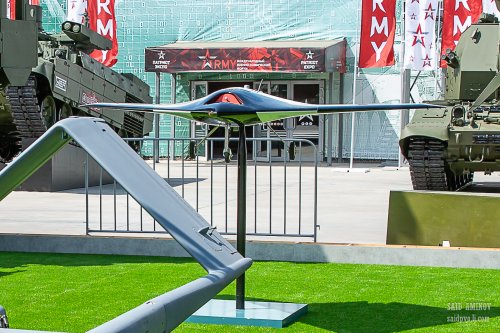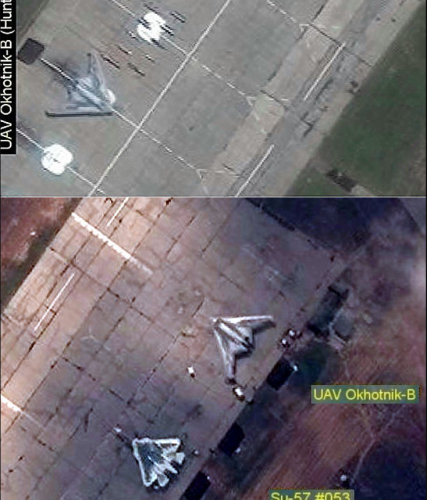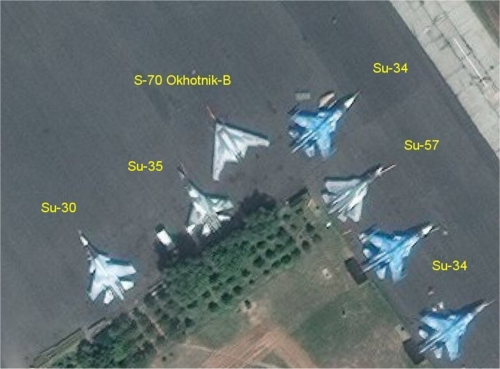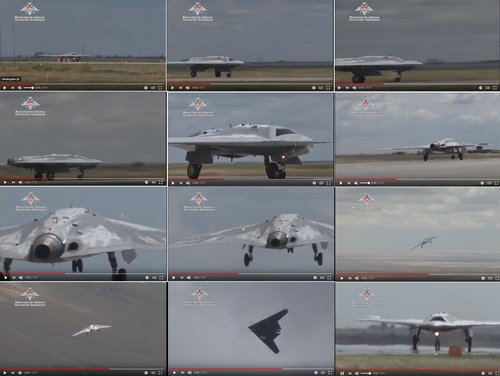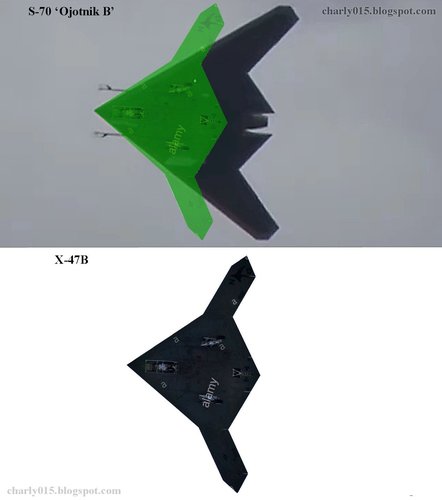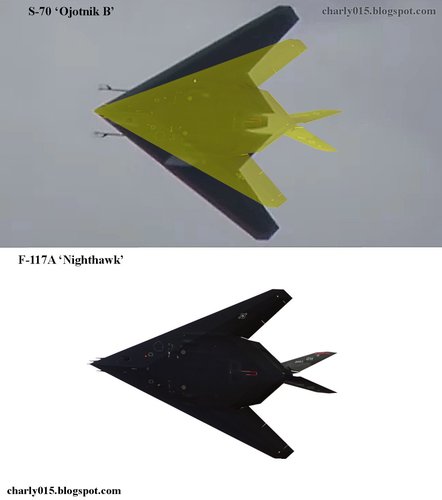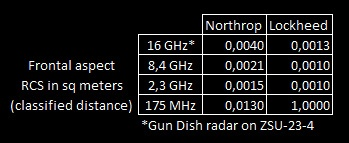Russia made a step forward in the creation of a new generation of combat aviation. A fifth-generation Su-57 fighter jet and Okhotnik heavy combat drone made the first joint flight led by the jet, the Army Standard said.

www.airrecognition.com
"It lasted 30 minutes. Both craft trained a mission to destroy targets. In particular, the drone increased Su-57 radar range and the aircraft fired missiles without entering the hostile air defense zone.
Experts say it was not a joint flight by the traditional master-slave scheme. Both craft were united by a single control, guidance, and engagement system and operated in a single network contour.
The development of the group engagement theory began yet in Soviet time. MiG-31 fighter jet was supposed to lead drones. The Soviet collapse buried the plans. They have been recently revived due to sixth-generation vehicle plans. The sixth-generation craft has been designed as manned and unmanned from the very beginning. The latter has to carry most combat payload in the tandem, as the flying computer with a powerful artificial intellect has less overload restrictions in contrast to the manned craft. Nothing impedes a drone to maneuver at supersonic speed. The manned and unmanned craft have to be engaged in a group to increase combat effectiveness.
The manned craft with one or two pilots had to be the command post for three-five drones. The joint Su-57 and Okhotnik flight is a step in the direction. Combat Okhotnik causes concern in the West, as previously Russia used mostly reconnaissance drones. Russia considerably lagged behind the USA and China in combat drones. It has actively worked to close the gap of late.[
Elements of the fifth-generation fighter jet were used in Okhotnik. The artificial intellect of the vehicle can independently decide how to fight in case communications with the operator are lost. The UAV can covertly break through adversary air defense and fight its electronic warfare.
Okhotnik is reportedly 14 meters long. The wingspan is 19 meters and the takeoff weight is 25 tons. The speed is above 1400 km/h at low altitudes. Some foreign publications claim Okhotnik’s range is 5000 km which makes the drone strategic. If deployed in Kaliningrad or Crimea, it will cover nearly the whole of Europe.
Russian President Vladimir Putin told his Turkish counterpart Recep Tayyip Erdogan at MAKS-2019 airshow that Okhotnik can carry a payload of six tons and its cross section is smaller than Su-57 has. The president said the UAV can rise to 18 kilometers
A major volume of trials with various air weapons is necessary to develop the prototype and begin batch production. The work is to be completed not earlier than in 2023-2024. Deliveries to the troops may begin in 2025, the Army Standard said."
A brevity, you are beautiful!

